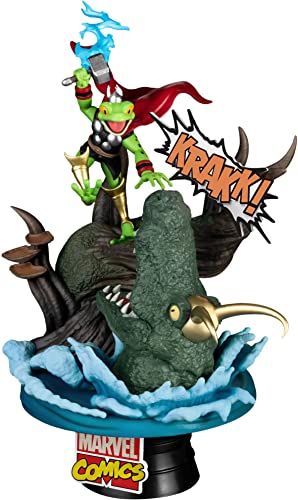WARNING: Long-winded devil's advocate post ahead...

But shouldn't the
size of the piece be irrelevant towards the
price,
for the most part? Shouldn't the
intricacy of the piece dictate the price? Again, for the most part.
The reason I ask is because the argument for other items, for example the 12" Hobbit figures, is that even though they are
smaller than regular 12" figures, the development costs were the same. Hence the same price point.
So wouldn't the reverse be true? Wouldn't the development costs for a polystone statue remain the same regardless of the actual size of the piece? (again, for the most part.)
Unless the price of polystone has skyrocketed, should there be such a large price difference between a statue that measures 16" x 10" (for example) as opposed to one that measures 24" x 18"? ***ALL THINGS BEING EQUAL***
Let's take the cool "Crack of Doom" piece as an example. It's measurements are: 6" H x 6.75" W x 4.25" L and weighs 3 pounds and costs $80.00. If it were to be doubled in size to 12" H x 13.50" W x 8.50" L and have it weigh 6 pounds, would the price doubling be justifiable? Is the price of polystone enough to warrant the doubling of the price? Development should not be that much of a difference, considering the piece is pretty much exactly same, just slightly larger.
Unless the price of polystone has risen astronomically, shouldn't the same arguments for the price of the 12" hobbits apply to these poly pieces as well, but in reverse?
I've heard, "...The hobbits cost the same as a regular 12" figure due to the development costs and not the amount of plastic used on the bodies..." So the key argument is that it's not the size or amount of material utilized but the development costs, getting the outfits done right at a smaller scale, etc...
So basically what I'm finding here is that in regards to polystone statues, the
size of the statue
does affect the price even if it doesn't effect the
cost in manufacturing by as much.
If you've gotten this far, I thank you for your patience...


















